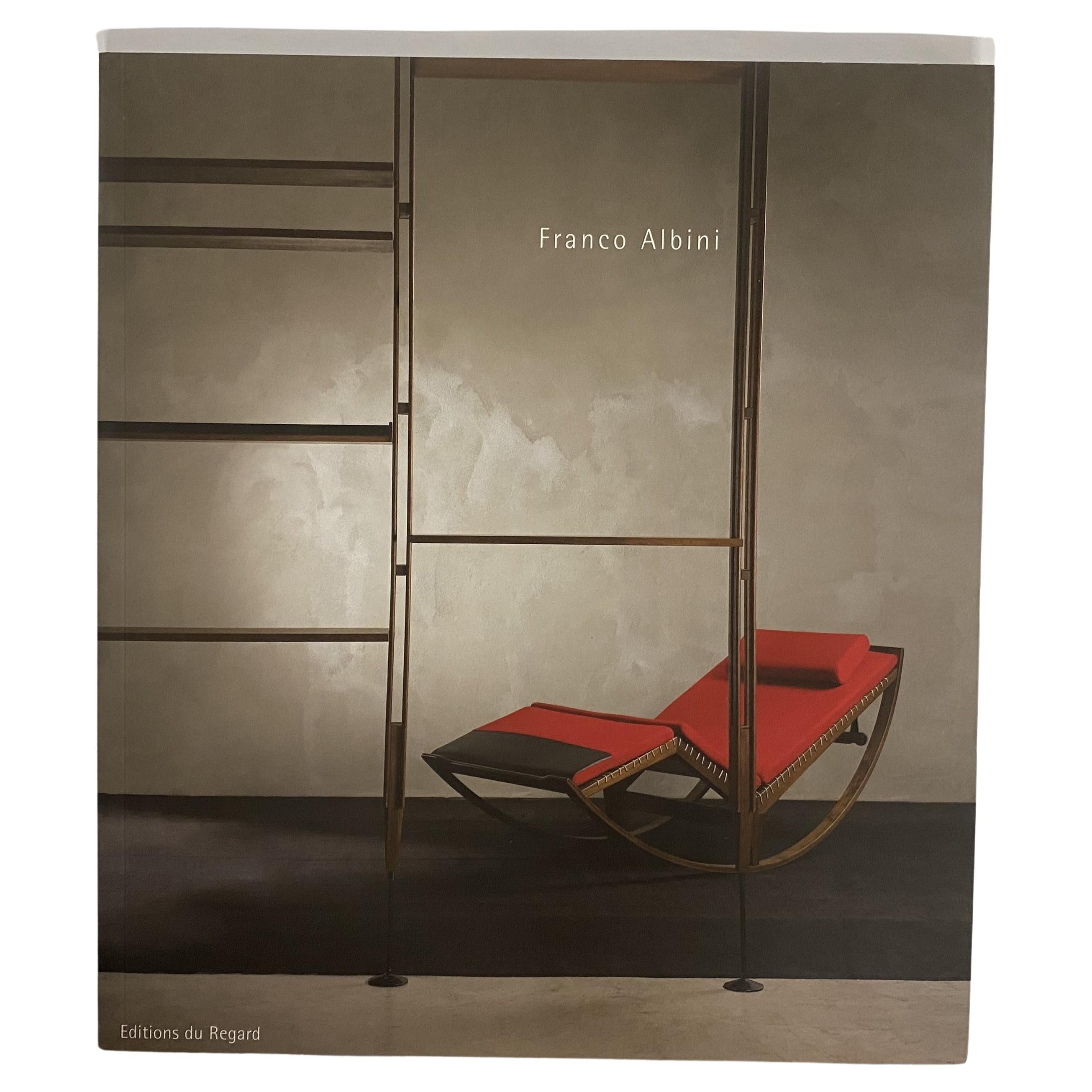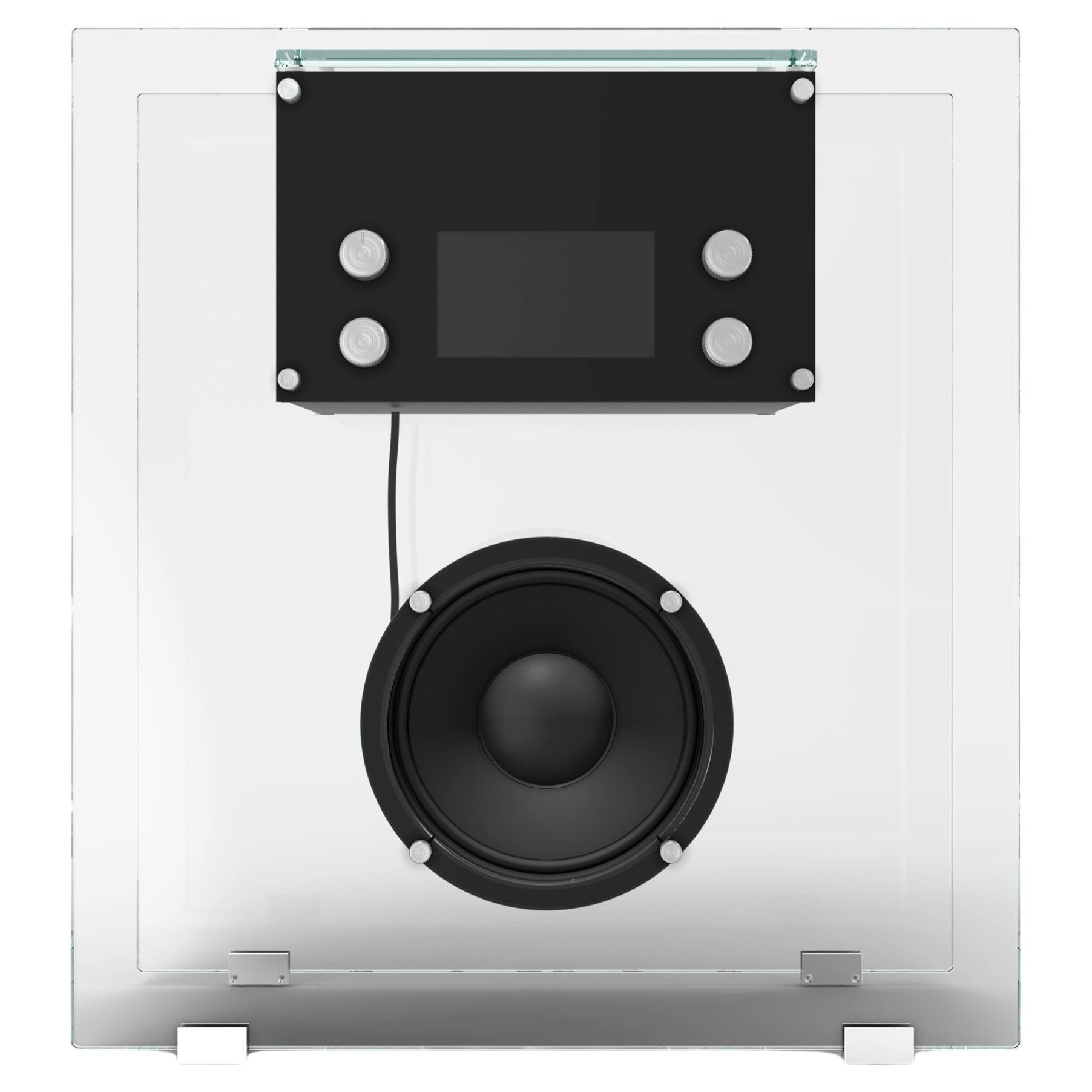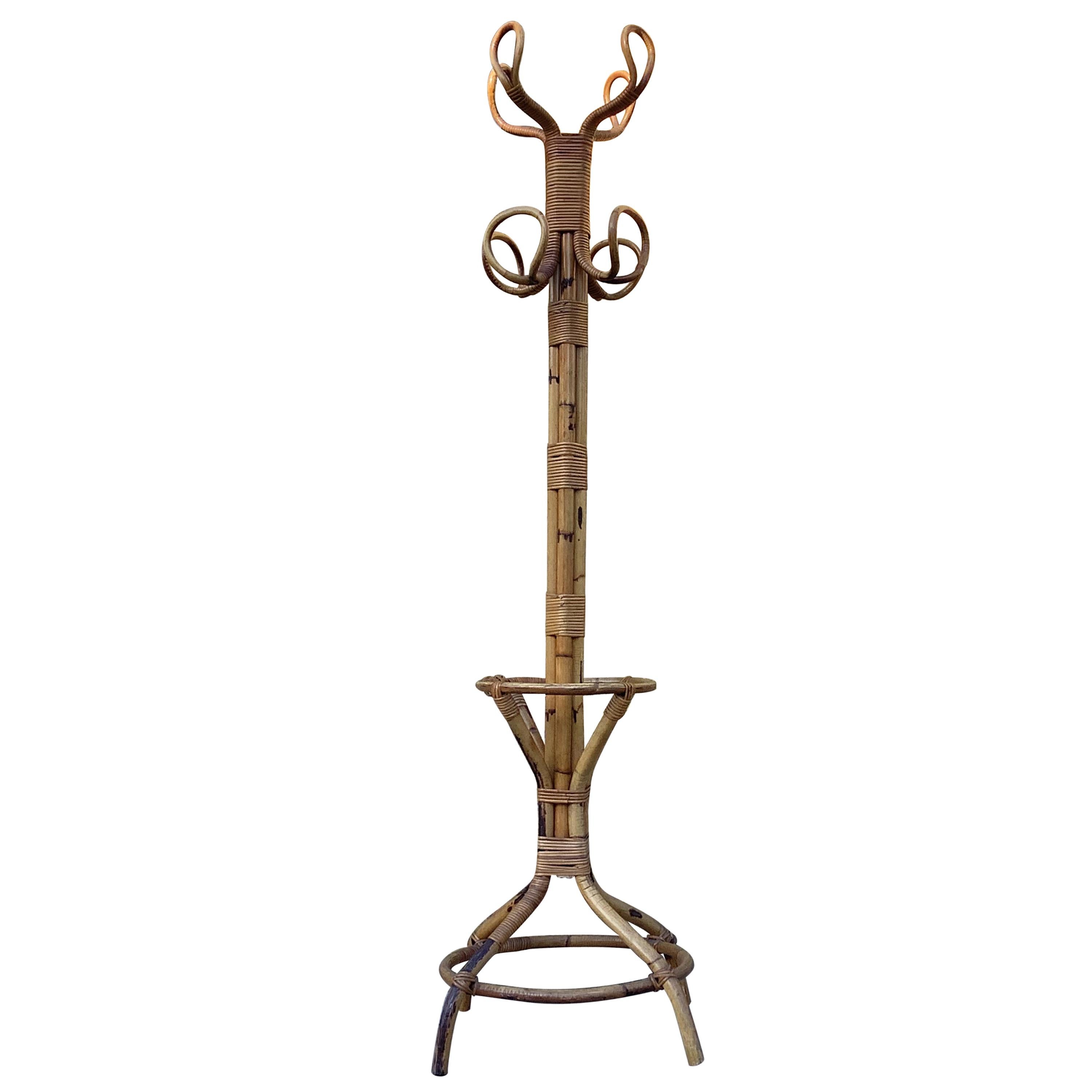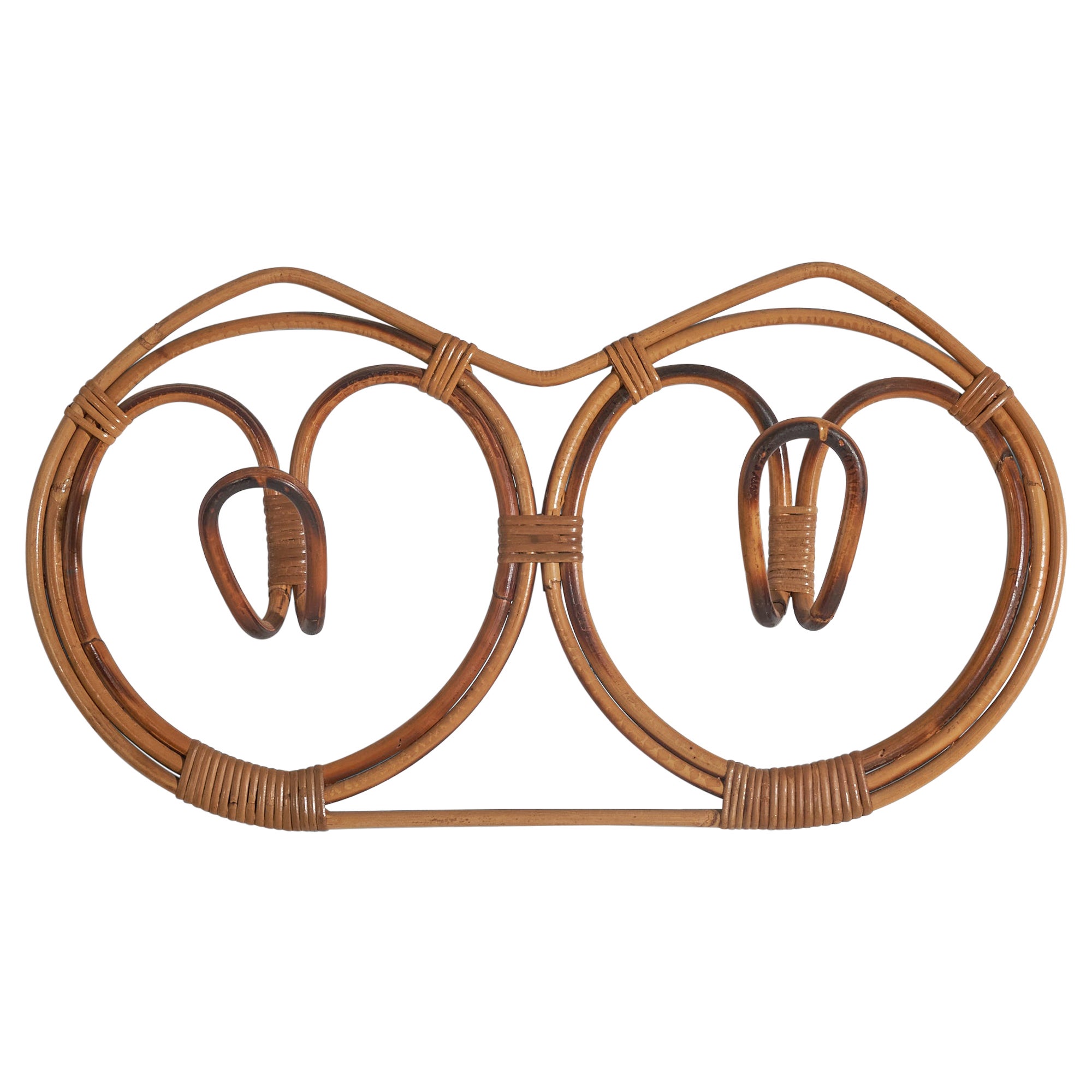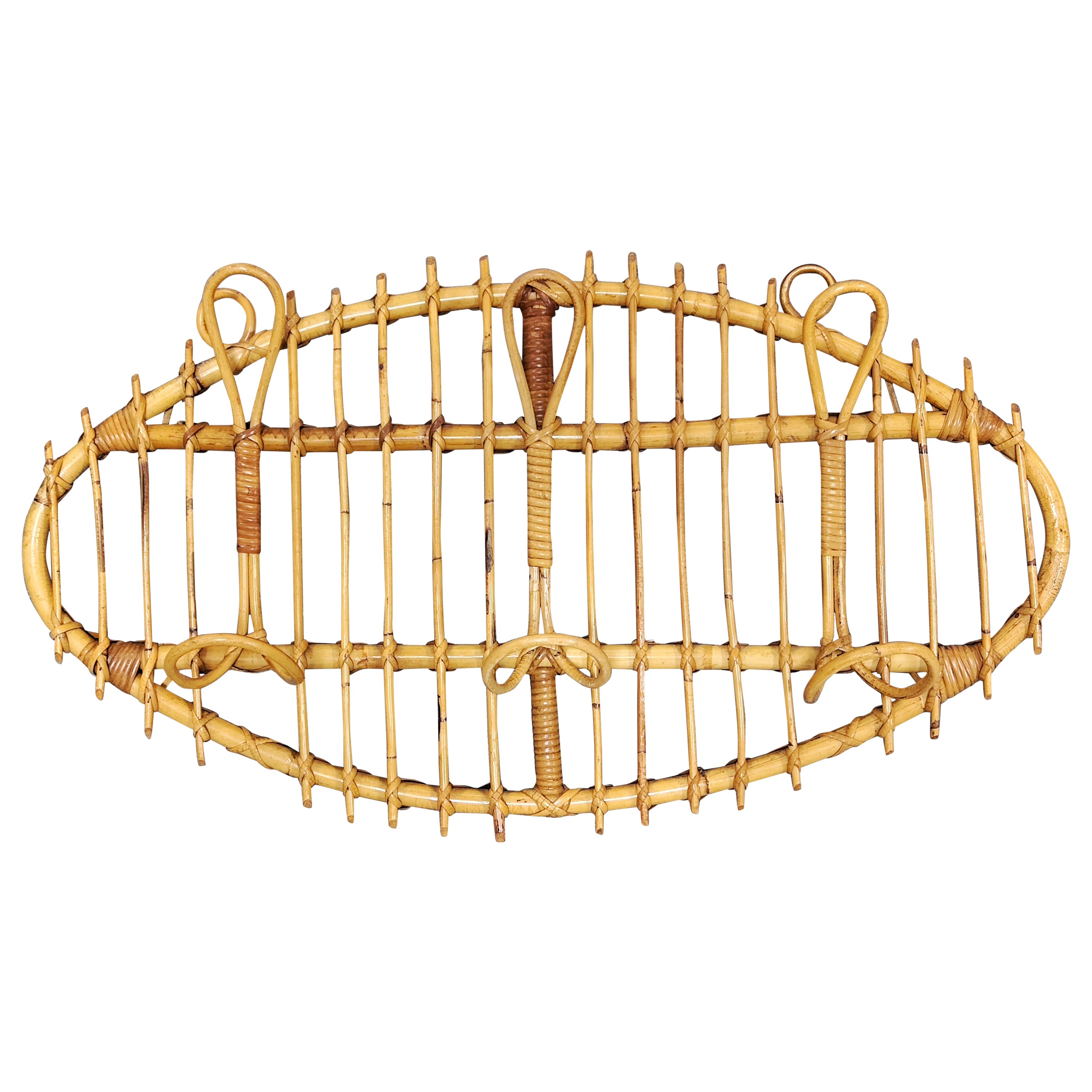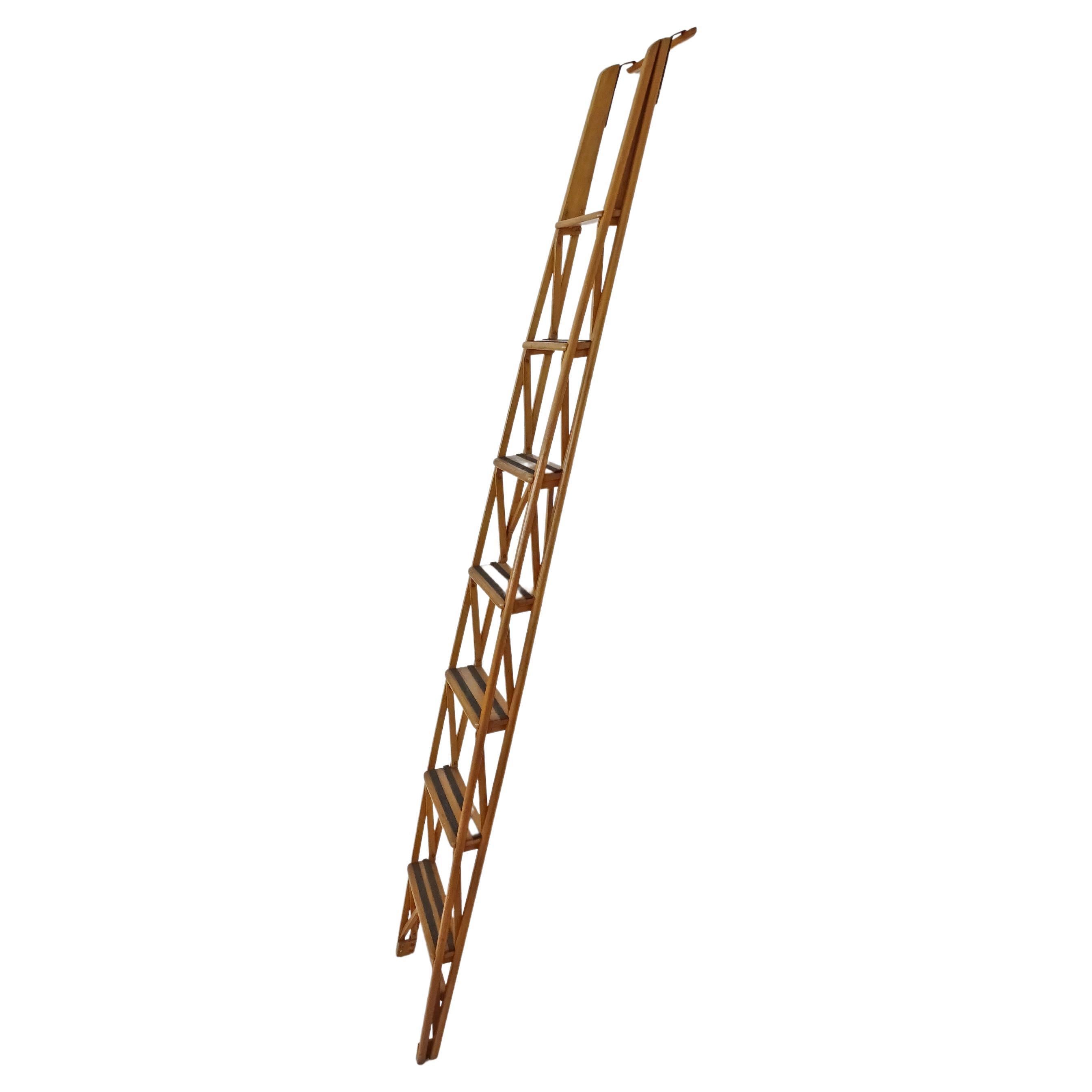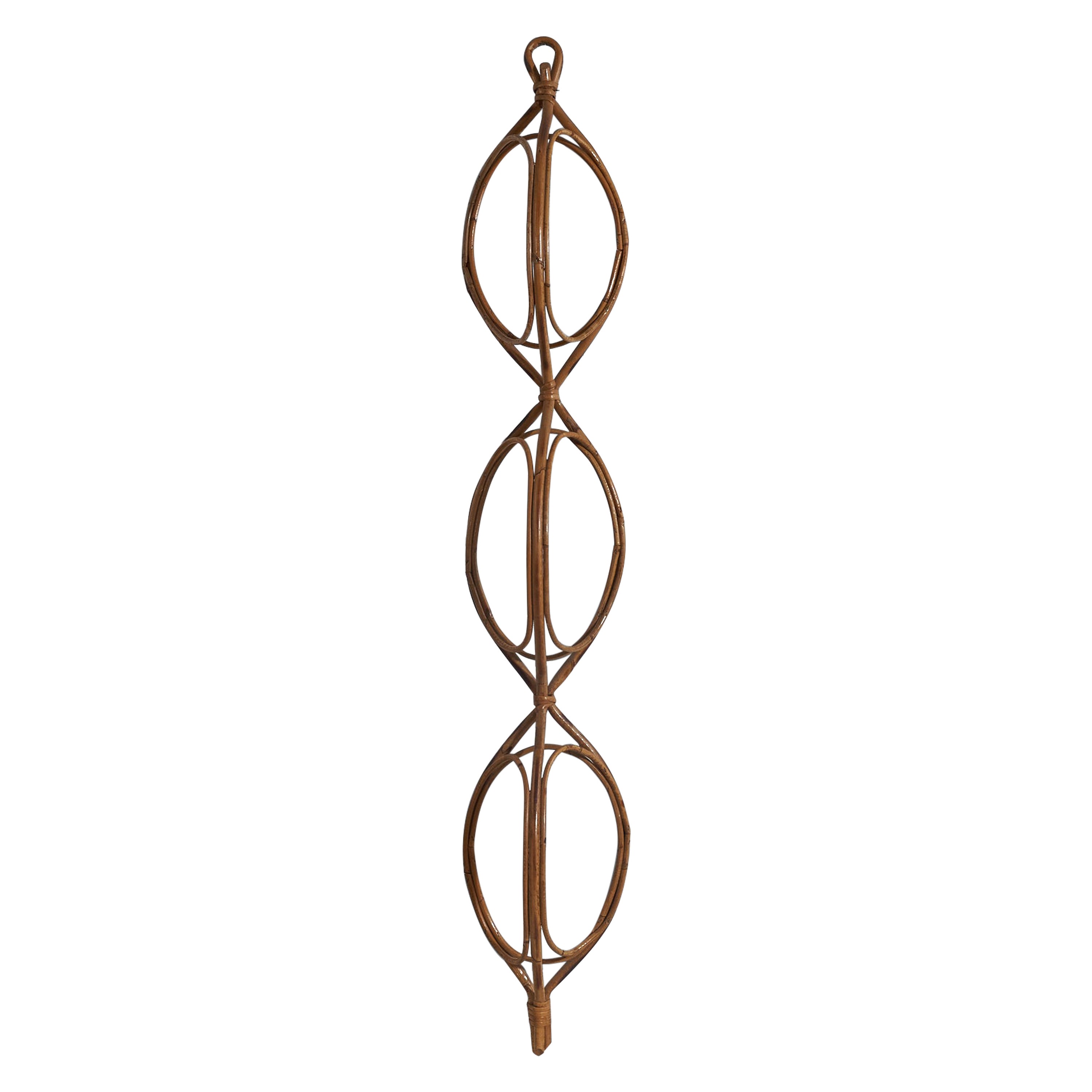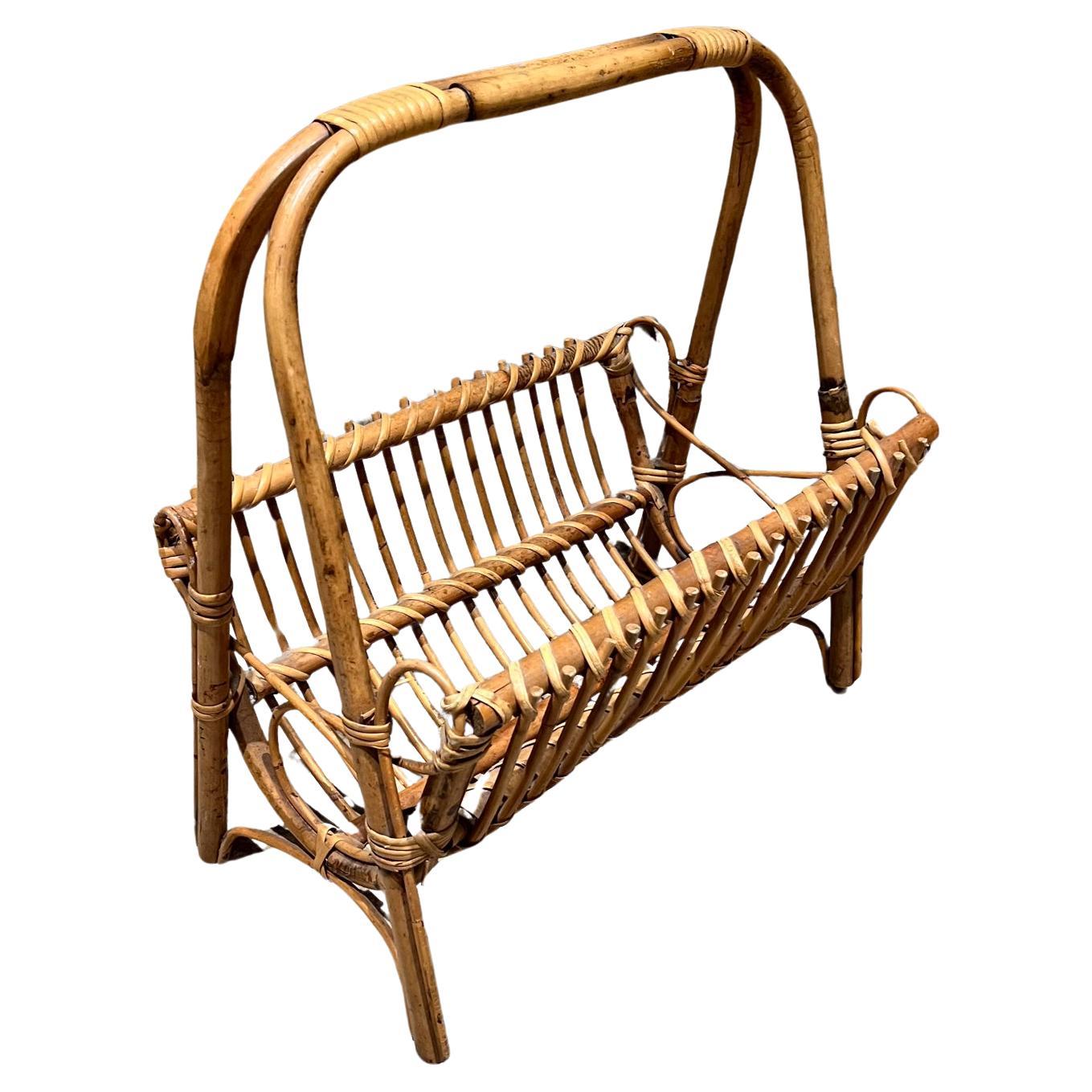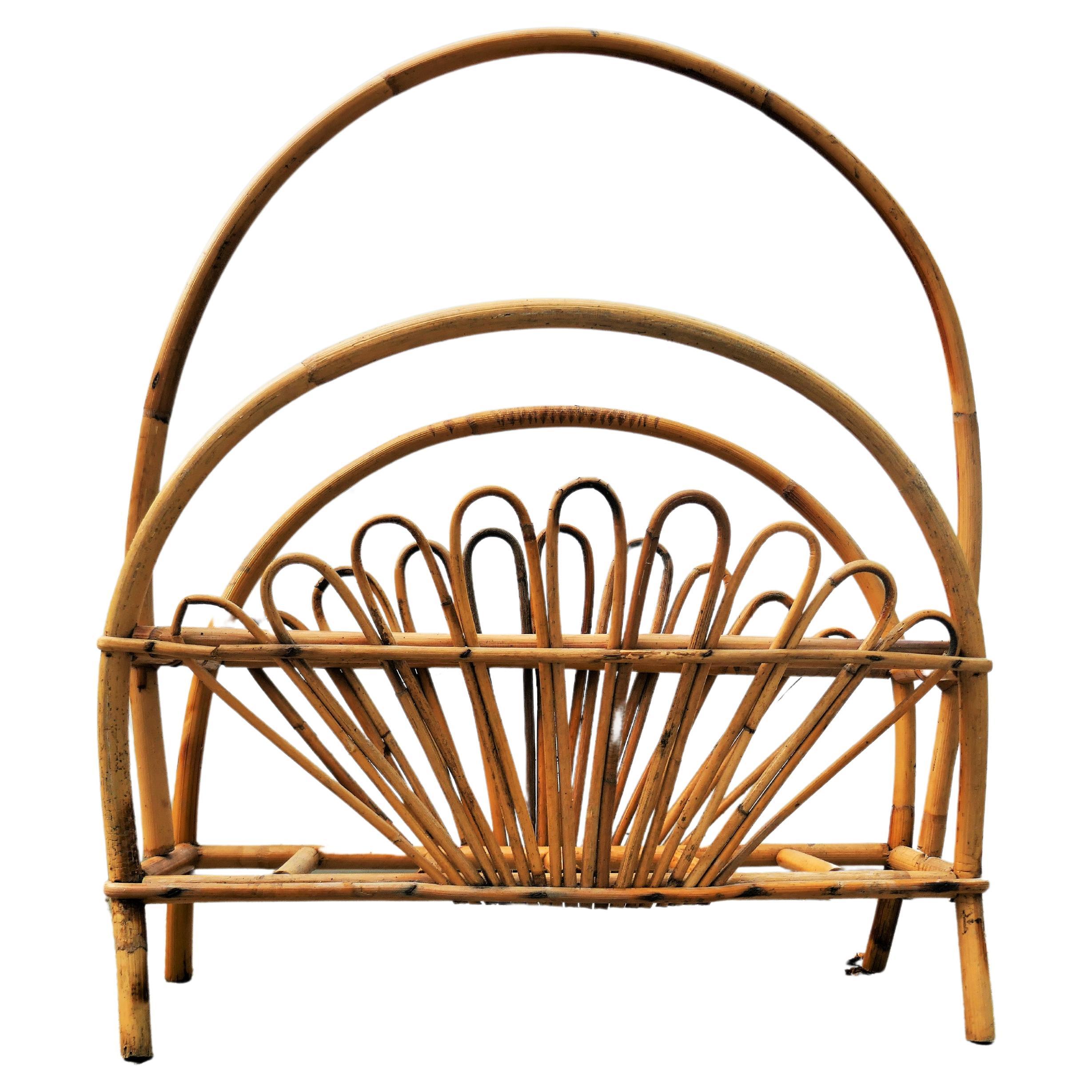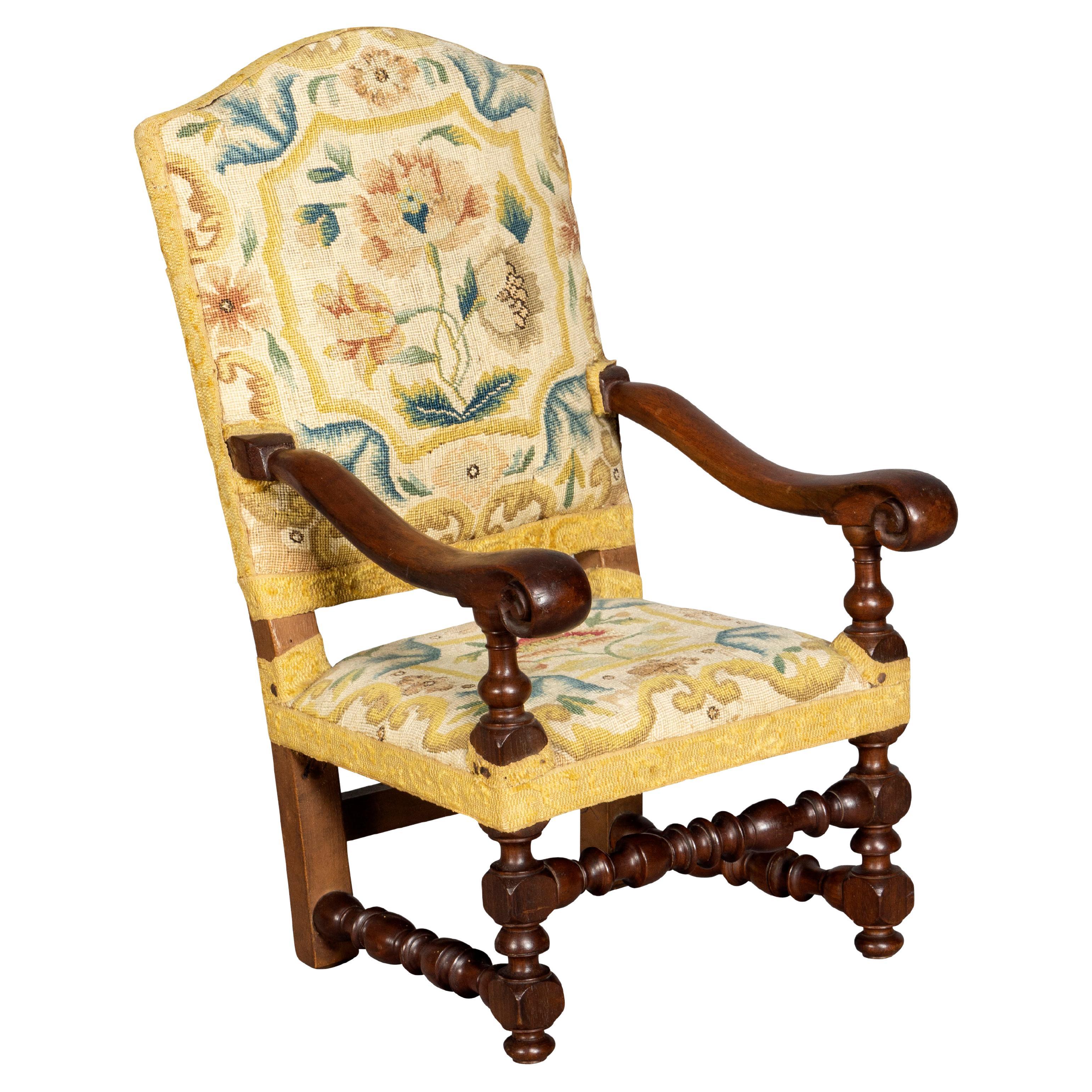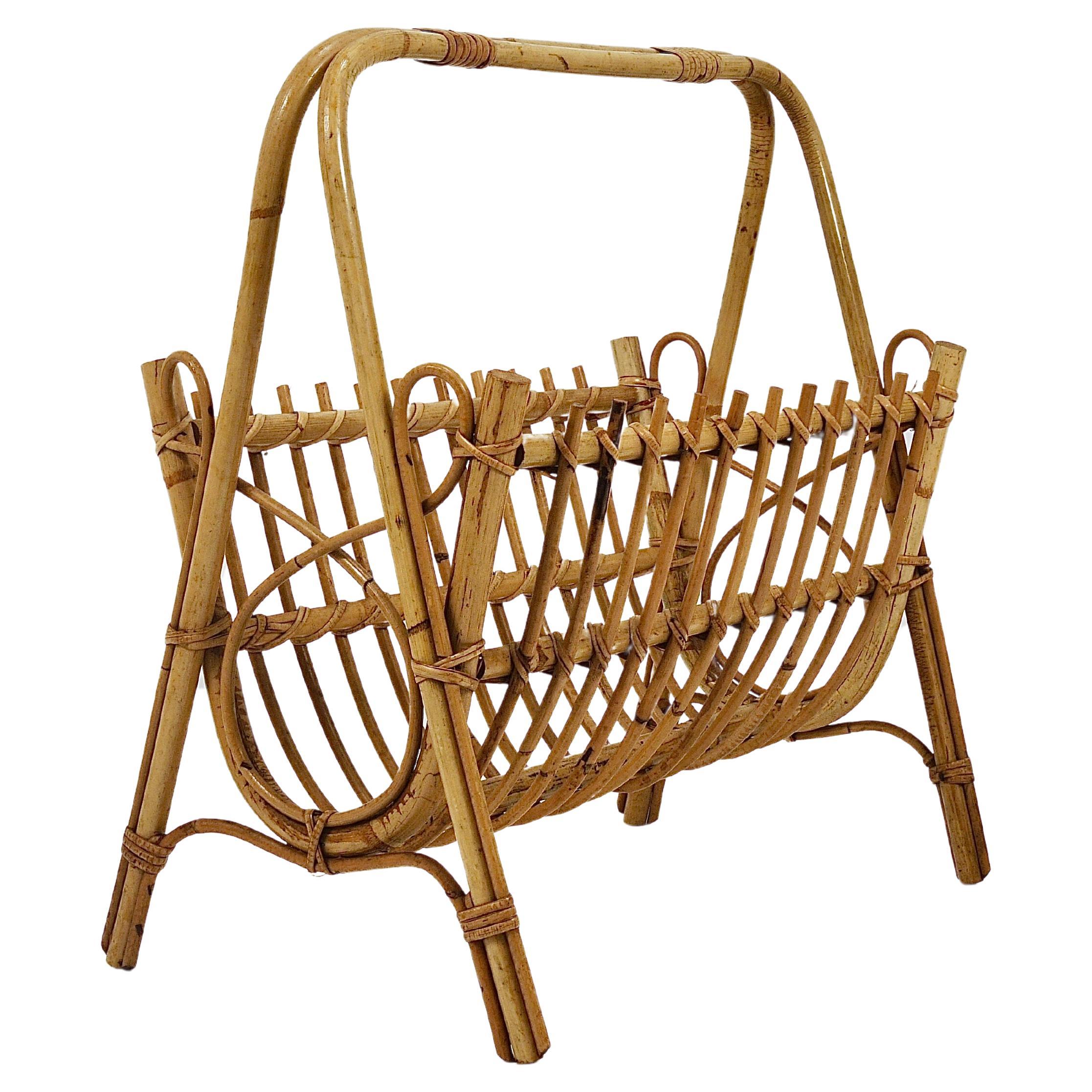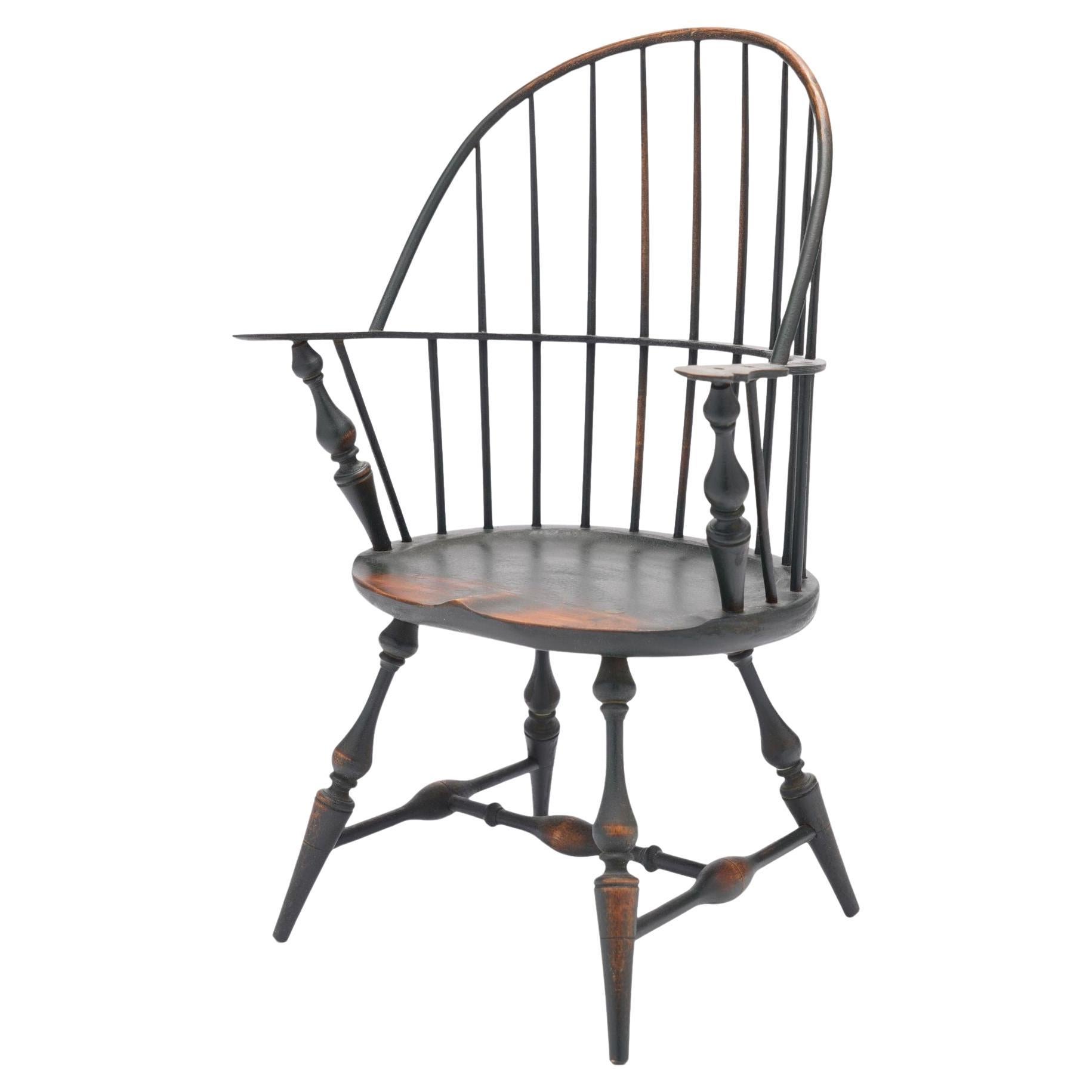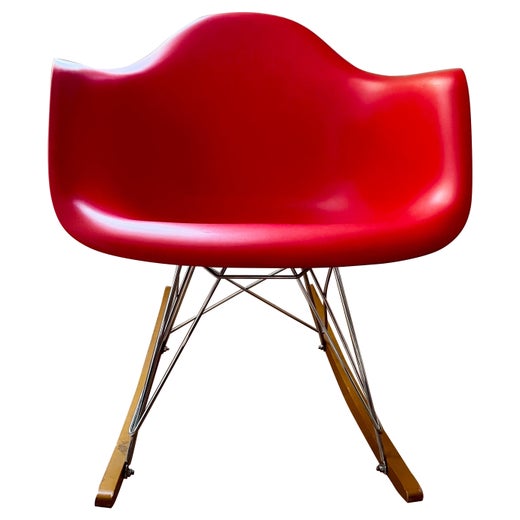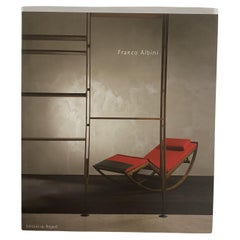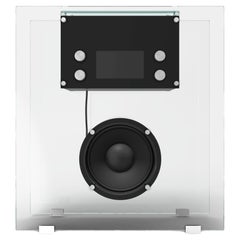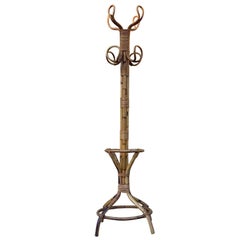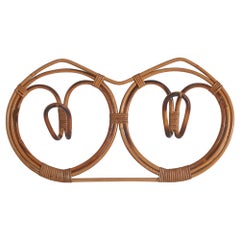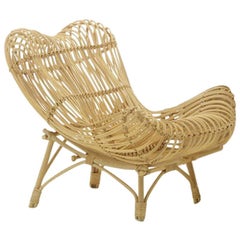
Vitra Miniature Gala Armchair by Franco Albini, 1950
View Similar Items
Vitra Miniature Gala Armchair by Franco Albini, 1950
About the Item
- Creator:Vitra (Manufacturer),Franco Albini (Designer)
- Dimensions:Height: 6.3 in (16 cm)Width: 5.71 in (14.5 cm)Depth: 7.09 in (18 cm)
- Style:Modern (In the Style Of)
- Materials and Techniques:
- Place of Origin:
- Period:
- Date of Manufacture:Contemporary
- Production Type:New & Custom(Current Production)
- Estimated Production Time:7-8 weeks
- Condition:
- Seller Location:New York, NY
- Reference Number:Seller: 202558011stDibs: LU3989118985512
Franco Albini
While working under the polymath Gio Ponti — arguably the most important figure in 20th-century Italian modernism — furniture designer Franco Albini nurtured a love for modern forms combined with traditional craft techniques.
Albini is widely known for working with organic materials such as rattan and cane for his chairs and other seating, but he also played a pivotal role in the Italian rationalist movement of the early 20th century, which saw architects and furniture makers applying a strict emphasis on geometry in their work. Rationalists drew on Ancient Roman architecture but rejected ornament, much in the way that Le Corbusier and celebrated Bauhaus figures such as Ludwig Mies van der Rohe had in their modernist furniture.
Albini received his degree in architecture from the Polytechnic University of Milan in 1929, and, in 1931, he founded his practice in Milan, where he tackled workers’ housing and other reconstruction projects. A gifted urban planner, he also developed the Palazzo Bianco, Palazzo Rosso and Tesoro di San Lorenzo museums in Genoa. While Albini is revered for his Margherita chair — a Triennale Milano award winner created for Bonacina in 1951 — he also collaborated with manufacturers Poggi and Cassina in the 1940s on seating, tables and more that embodied his artistic vision. Of that mid-century work, the one piece that perhaps best captures this vision is the iconic Luisa chair.
With its cherry red upholstery and sinuous wooden legs that seem to float aboveground, the Luisa is a genuine masterpiece. It is also a testament to Albini’s perfectionism, as it endured several prototypes — including one made by Knoll in the late 1940s — and took approximately 15 years to design. Poggi launched the final version of the armchair in 1955, earning Albini the prestigious Compasso d’Oro from Italy’s Association for Industrial Design. It is produced today by Cassina. Albini named the chair for someone who likely saw the process firsthand: his personal secretary of two decades, Luisa Colombini.
Find vintage Franco Albini furniture on 1stDibs.
Vitra
Design house Vitra has garnered international recognition for more than 70 years — the Swiss family-owned furniture company has outfitted public spaces as well as residential properties and offices worldwide. It has been a proponent of modernist design since the 1950s. While the brand is heralded for its collaborations with mid-century modern icons such as Verner Panton, Charles and Ray Eames, Alexander Girard and others, Vitra’s German campus is also home to buildings designed by legendary architects Zaha Hadid and Frank Gehry. Among them is the Vitra Design Museum, an independent cultural institution that displays two centuries of design today.
Vitra was established in Weil Am Rhein, Germany, in 1950 by husband and wife team Willi and Erika Fehlbaum. On a trip to New York several years later, Willi Fehlbaum encountered the work of design polymaths Ray and Charles Eames in a furniture store and immediately knew that he had found his bliss.
In 1957, Vitra entered into a licensing agreement with Herman Miller, which saw the company producing designs by George Nelson, the Eameses and others. Later, Vitra partnered with Verner Panton and created the Panton chair, which was the first chair ever crafted from a single piece of molded plastic (it was also the first piece to be independently developed by Vitra). After 27 years of establishing the Vitra brand, the Fehlbaums passed control to their two sons, Rolf and Raymond Fehlbaum.
When a fire destroyed the factory in 1981, the brothers developed the Vitra Factory Campus, subsequently taking the opportunity to redirect the architectural landscape of the company. They created a masterplan with Nicholas Grimshaw, and together they erected four buildings in just a few short years.
In 1988, with the passing of Ray Eames and the disbandment of the Los Angeles Eames office, Rolf and Raymond acquired the furniture design portion of her estate, including the Eames prototypes and experimental models, housed today in the Vitra Design Museum.
Rolf and Roy opened the Vitra Design Museum in 1989. This began a period rich with design relationships, including collaborations with Antonio Citterio, Jasper Morrison, Maarten van Severen, Philippe Starck, Alberto Meda and others.
In 2012, leadership passed to Nora, the third generation of the Fehlbaums. Nora Fehlbaum has, like her grandparents, expanded the company and brought it into the 21st century with the acquisition of Finnish furniture manufacturer Artek. Nora has turned the company’s focus to sustainability yet still maintains its international and cultural relevance legacy.
Find a collection of Vitra lounge chairs, tables, side chairs, sofas and other furniture on 1stDibs.
You May Also Like
20th Century Books
Paper
2010s Italian Mid-Century Modern Musical Instruments
Lacquer
Mid-20th Century Italian Mid-Century Modern Coat Racks and Stands
Bamboo
Vintage 1950s Italian Mid-Century Modern Coat Racks and Stands
Bamboo, Rattan
Vintage 1950s Italian Mid-Century Modern Coat Racks and Stands
Bamboo
Vintage 1950s Italian Mid-Century Modern Ladders
Wood
